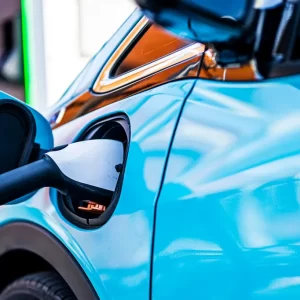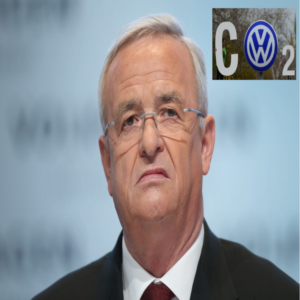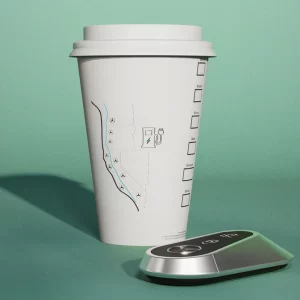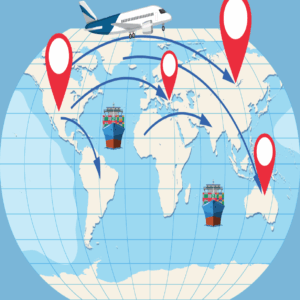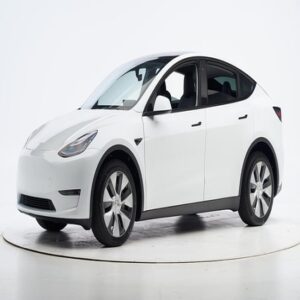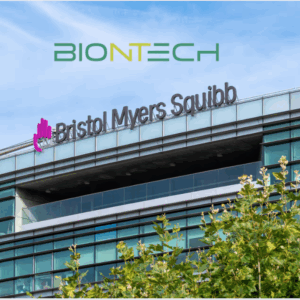This business produces clean hydrogen from waste likewise electricity & water
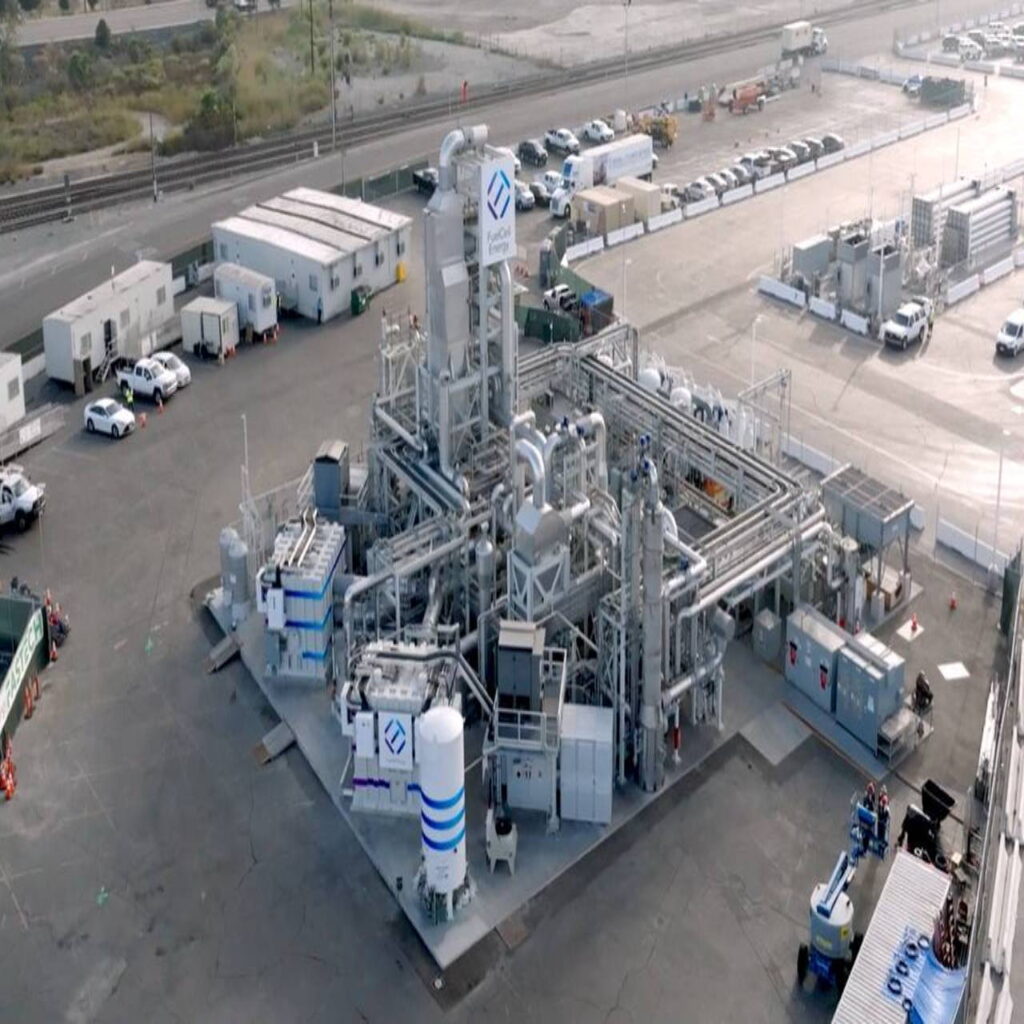
Toyota has installed the first «tri-gen» system in the world, which converts methane-rich waste gas into energy, clean hydrogen, and water. Toyota will use this system at its Southern California port facility for the next 20 years.
The energy platform at Toyota’s primary U.S. logistics facility at the Port of Long Beach, which was proposed in 2017 and developed in stages, is fully finished and operational, the firms said on Thursday. According to FuelCell Energy CEO Jason Few, it is intended to transform a stream of biogas, which is derived from agricultural waste and sludge, into 2.3 megawatts of energy, 1,200 kilos of hydrogen, and 1,400 gallons of water every day. It merely occupies the same amount of space as three basketball courts and cost roughly $35 million to construct.
According to Few, «We’re effectively producing green hydrogen, water, and carbon neutral electricity for Toyota.» «We approach our platform in the same manner that you could approach a software platform. It merely depends on the modules you want to activate since we are able to give a variety of capabilities. In this instance, we’re delivering to Toyota by turning on three of those.
The largest manufacturer in the world, Toyota, will use hydrogen produced by the tri-gen system for its fleet of fuel cell-powered Kenworth trucks it operates at the port and for the fuel cell-powered Mirai electric automobiles that are being transported there on ships from Japan. All port activities will be powered by the platform’s electricity, and the 200,000 new vehicles that come in from overseas plants each year will be washed using water produced by FuelCell Energy’s system.
Toyota’s 20-year agreement to use it is expected to reduce CO2 emissions by more than 9,000 tons each year, according to the firms. Toyota will transmit extra electricity to Southern California Edison, the local utility, to be used as green energy for the system.
